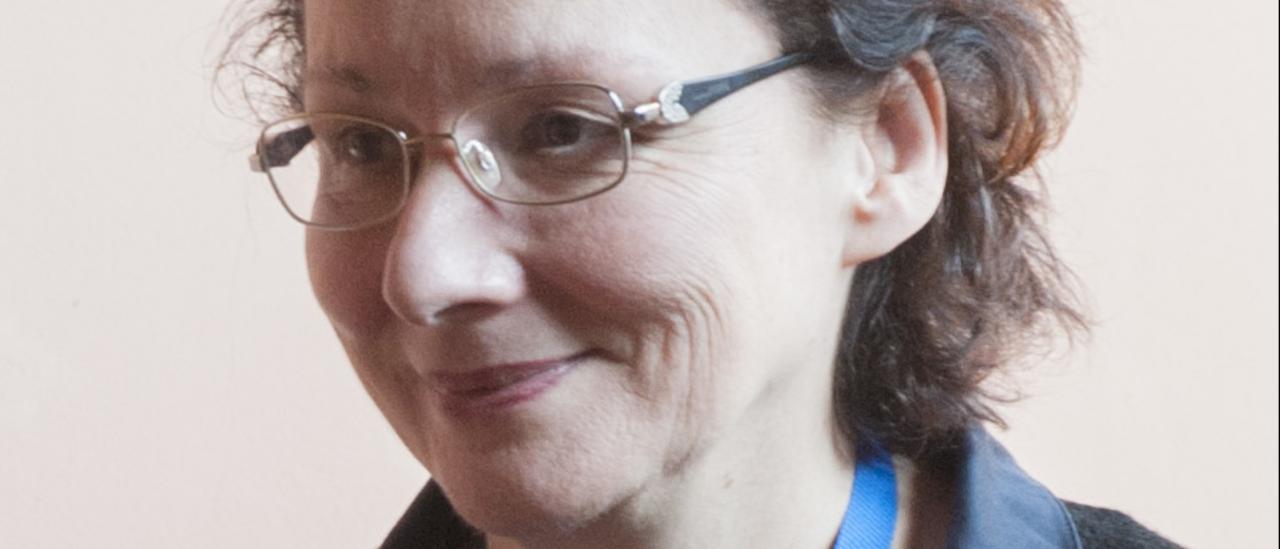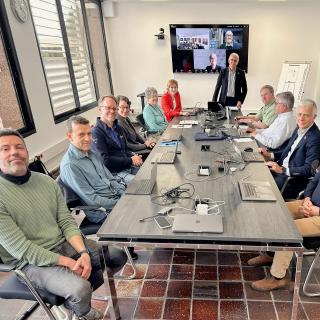When Olga Atanackovic, professor at the Department of Astronomy, Faculty of Mathematics, University of Belgrade (Serbia), finished her PhD thesis, she was the only one person in Serbia working in radiative transfer, an astrophysical problem which studies the interactions between radiation and matter with the goal of understanding the properties of stars and galaxies. Nowadays, the number of specialists in numerical methods in radiative transfer has increased to six, thanks to her efforts as university professor.
“Numerical methods in radiative transfer can also be used in many other fields, like engineering and industry, in heat transfer, neutron transport, medicine, exploration of biological systems, oceans, realistic representation of 3D animation movies, etc.”
“Women are in high percentage represented in research and in management positions at the two main astronomical institutions in Serbia.”
“Many numerical algorithms nowadays in use in RT are based on the methods proposed already in the 17th, 18th and 19th centuries.”
Question: Which are the numerical methods when studying radiative transfer? What is special about them?
Answer: Radiative transfer is among the most difficult astrophysical problems to deal with due to the non-local and non-linear interplay between the radiation field and the state of the medium it propagates through. The equations are very complex and their solution requires efficient numerical methods. Many numerical algorithms, nowadays in use in RT, are based on the methods proposed already in the 17th, 18th and 19th centuries by great mathematicians like Newton, Euler, Gauss, Lagrange, Hermite and so on. In the first studies on radiative transfer, more than a century ago, oversimplified physical assumptions had to be made in order to get the first analytical solutions of radiative transfer, which, nevertheless, were of great importance as they enabled a basic theoretical understanding of the problem. During the last five decades, an immense progress was achieved in high resolution observations that revealed many interesting radiative transfer problems (time dependent, multidimensional RT in expanding media, etc.) and computational facilities stimulated the development of powerful numerical methods, thus enabling us to considerably improve the physical reality in stellar and planetary atmospheric modelling.
Q: What kind of equations are needed to analyse this phenomenon? Are they complex? Are they used for other fields of study?
A: The radiative transfer process is carried out mathematically by the simultaneous solution of integral-differential equations, which are in general non-linearly coupled. The equations describing radiative transfer are usually very complex, thus efficient, simple and computationally cheap methods, which do not require a lot of memory storage and computing time are needed for their solution.
Although the XXIX Winter School is devoted to the applications of RT to stellar and planetary atmospheres, which are among the most studied astrophysical objects, the RT problems and the methods for their solution presented during the School can be easily generalized to other astrophysical contexts. Moreover, these methods can also be used in many other fields, like engineering and industry, heat transfer, neutron transport, medicine, exploration of biological systems, oceans, realistic representation of 3D animation movies, etc.
“In the radiative transfer field in general there is a surprisingly few women worldwide, while among my students 50% are women.”
Q: In the Faculty of Mathematics of the University of Belgrade, how many people work on the numerical methods in radiative transfer?
A: At the time when I accomplished my PhD thesis in 1991, under the supervision of Dr. Eduardo Simonneau (Institute of Astrophysics in Paris), I was the only one in Serbia working in this field. Nowadays, six other researchers, my ex-students, work on RT problems, either by applying RT in their research or doing their own research on RT making significant contributions to the field. Some are employed at the Astronomical Observatory in Belgrade and some hold postdoctoral positions at astronomical institutes or universities all over Europe.
Q: In the most of Europe countries, women are minority in physic research, especially in management positions. Does it happen at the University of Belgrade too? What is the percentage of women working in radiative transfer?
A: Women are in high percentage represented in research and in management positions at two main astronomical institutions in Serbia: the Department of Astronomy at the Faculty of Mathematics in Belgrade and Astronomical Observatory in Belgrade. Out of nearly 300 students graduated from the Department of Astronomy, about 140 are women. The percentage is slightly different when it comes to master (50%), MSc (40%) and PhD degree (30%) obtained at the University of Belgrade. Women have often held the position as Head of Department of Astronomy at the Faculty of Mathematics in Belgrade.
In the radiative transfer field in general there is a surprisingly few women worldwide, while among my students 50% are women.



